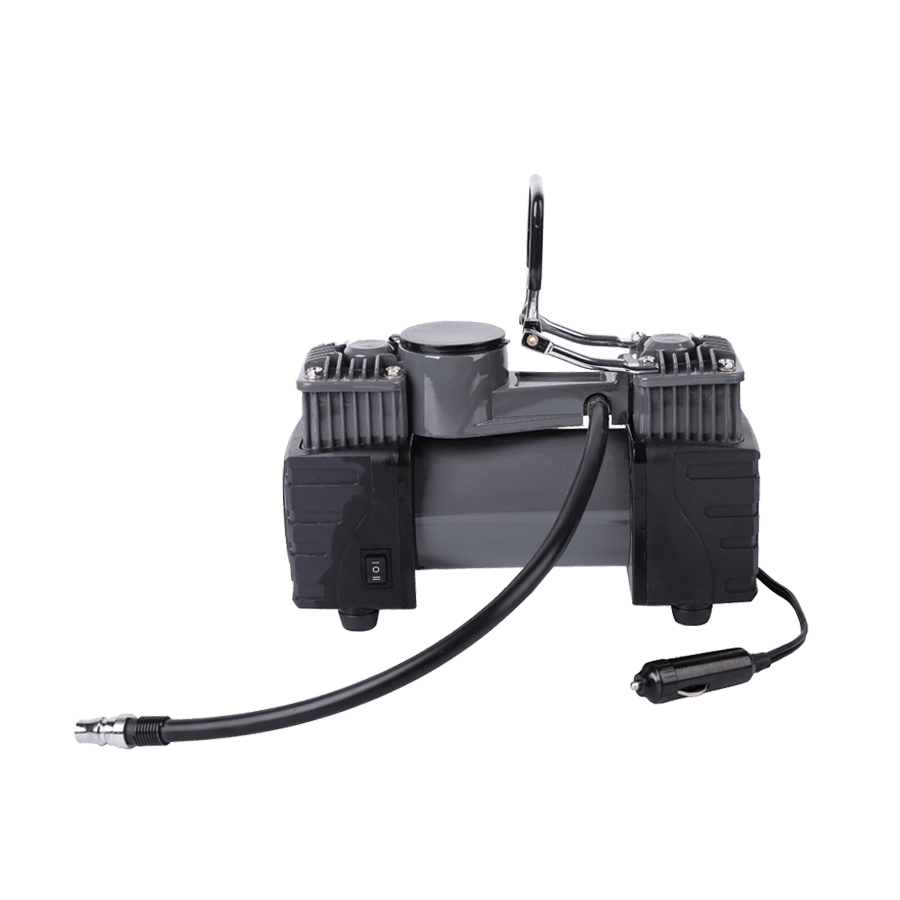1. Inhalation process:
The suction port on the intake side of the screw type must be designed so that the compression chamber can fully inhale, while the screw compressor does not have an intake and exhaust valve group. The intake only depends on the opening and closing of a regulating valve. When the rotor rotates, the tooth groove space of the main and auxiliary rotors has the largest space when it is turned to the opening of the inlet end wall. At this time, the tooth groove space of the rotor is in communication with the free air of the inlet, because the air in the tooth groove is exhausted. It is completely exhausted. When the exhaust is completed, the tooth groove is in a vacuum state. When it is turned to the air inlet, the outside air is sucked in and flows into the tooth groove of the main and auxiliary rotors along the axial direction. When the air fills the entire tooth groove, the air inlet side end surface of the rotor turns away from the air inlet of the casing, and the air between the tooth grooves is closed.

2. Sealing and conveying process:
At the end of the suction of the main and auxiliary rotors, the peaks of the main and auxiliary rotors are sealed with the casing. At this time, the air is closed in the grooves and no longer flows out, that is, [closed process]. The two rotors continue to rotate, and the tooth peaks and grooves coincide at the suction end, and the anastomosing surface gradually moves to the exhaust end, which is the [transportation process].
3. Compression and fuel injection process:
During the conveying process, the meshing surface gradually moves to the exhaust end, that is, the tooth groove between the meshing surface and the exhaust port gradually decreases, the gas in the tooth groove is gradually compressed, and the pressure increases, which is the [compression process]. At the same time of compression, the lubricating oil is sprayed into the compression chamber and mixed with the chamber air due to the effect of the pressure difference.
4. Exhaust process:
When the meshing end surface of the rotor turns to communicate with the exhaust of the casing, (the pressure of the compressed gas is the highest at this time) the compressed gas begins to be discharged until the meshing surface of the tooth crest and the tooth groove moves to the exhaust end surface. At this time, the two rotors The tooth groove space between the meshing surface and the exhaust port of the casing is zero, and the (exhaust process) is completed. At the same time, the length of the tooth groove between the meshing surface of the rotor and the intake port of the casing reaches the longest, and the suction process It's going on again.

 English
English Chinese
Chinese












